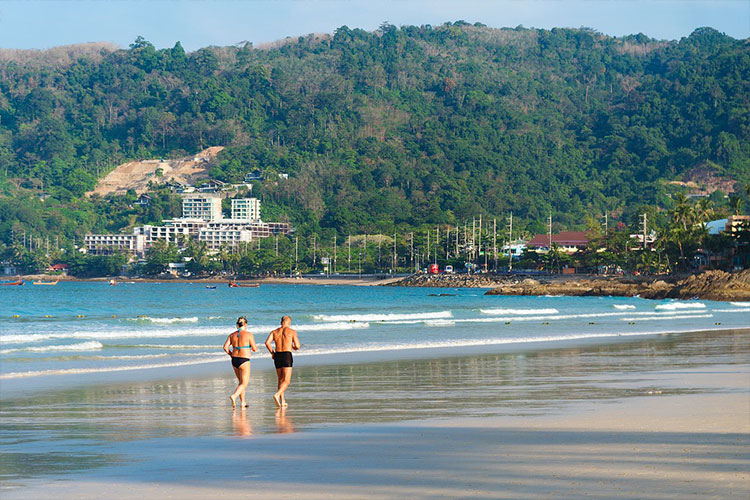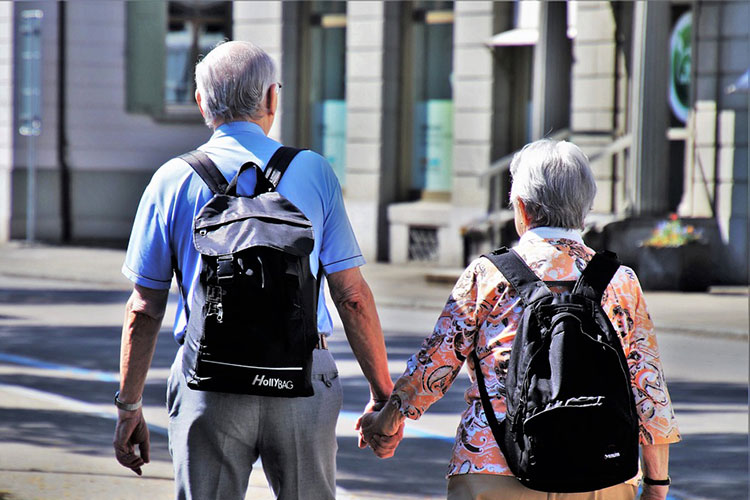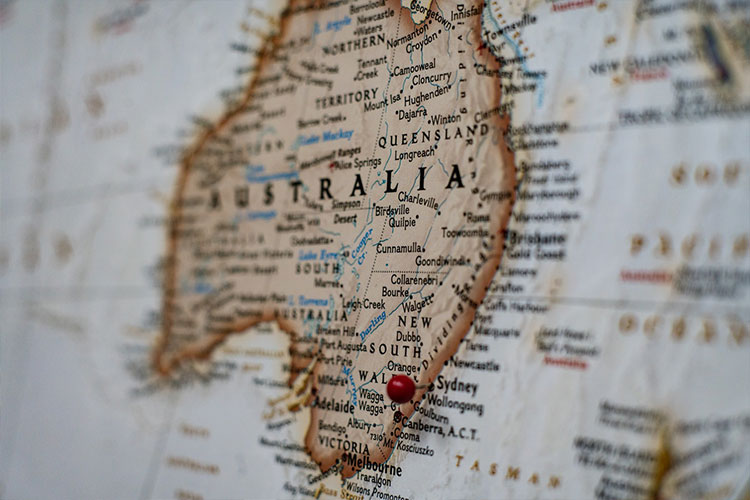
Deciding to become a Grey Nomad and making the first steps isn’t an easy thing to do. It’s a choice that takes a lot of careful planning, a lot of consideration and a lot of communication. There’s plenty to consider, especially to make it work a long time and be able to go on as many trips as possible or stay out on the road for a few years at a time.
Making the transition comes with a lot of questions, queries, concerns and moments of excitement when you realise how amazing life could be. Picture yourself without a care in the world, travelling around the country at your own pace, with no timeline to follow and absolutely nowhere to be. Sounds pretty fantastic, doesn’t it?
With some careful planning and a few steps, your dream could become a reality. Of course, traveling around the country as a full-time nomad is best done with a Mars Camper Trailer. They have all the makings to suit a nomadic lifestyle– they’re easy to set up and pack up, lightweight, can go anywhere and have the facilities to make your days nice and relaxed– just the way retirement should be!
From getting on the same page as your hubby or wife to finalising the financial aspects and making sure you can both mentally and physically adjust to the change, here are some of the top tips to help you get started and on the road with your camper trailer in no time.

You’ll want to make sure your partner is at least as enthusiastic about your new lifestyle as you are, and happy to embrace the benefits as well as potential challenges of transitioning to a nomadic lifestyle. You’ll also want to check your partner has similar expectations as you do. For example, are you both willing to live on a budget in order to be able to travel for longer? Are you willing to swap steak for a cheaper alternative every now and then?
Talk over the financial, lifestyle, and change aspects with your partner and make sure you’re walking together every step of the way. The best thing to do before you make any decisions, it’s very important that you and your partner are on the same page so that there are no surprises along your journey if one of you were expecting something different.
If you’re travelling with a partner, it’s vital that you’re in agreement before transitioning into your new lifestyle. Getting on the same page as you’re planning may reduce the risk of emotional and financial stress.
We hate to say it, but if you have retired, you’re probably not as fit as you once were, but the nomadic lifestyle will actually make you fitter! Say goodbye to lunchtime reruns and hello to morning walks. It’s worth putting some thought and preparation into your health, making sure you are fighting fit.
Before you go, organise a thorough health check with your doctor. Get a copy of your notes to bring with you, especially if you have any conditions that other doctors may need to know about. The last thing you want is to fall ill on the road and have to cut your trip short.
Ensure you fill the prescriptions you require before you go and have a plan in place for refilling them. Remember that while you are in some of the more remote towns you may not have immediate access to full-service pharmacies.
Check any medication that you are taking with you for storage instructions. The Outback heat can be intense and the temperature inside your camper trailer might be higher than the recommended levels for safe storage. Have a dental and optical check– emergency dentists are expensive!
Once you are travelling, why not take the opportunity to look for ways to improve your health? Add regular exercise to your itinerary. There are lots of unbeatable spots for bushwalking and swimming all over the country. Improve your diet while you have access to so many fresh fruit and veggies, fish, meat, cheese…. Any kind of produce. Take it easy and take your time.
Don’t set yourself too stressful an itinerary – better to stay in one place an extra day and read the next chapter in your book, get to know your neighbours, enjoy happy hour and take a little walk than to rush around visiting every monument, museum and viewpoint.
If you are having a big driving day, ensure you stop every two hours to take a break from driving and to get the circulation going in your legs. All around the country, there are a heap of rest stops.

Don’t leave any part of your financial strategy to chance, as your financial plan and the budget with everyday details determines how you’ll be able to live your new lifestyle.
Plan for the long term. This may involve working part time as you wind down to retirement – to where (and how) you’ll be living after your travels.
While you might be looking forward to transitioning to the carefree nomadic lifestyle, you’ll want to ensure you have a home base waiting for you for when you choose to return home.
An option, if you’re feeling uneasy, is to work with a financial planner, accountant, or any other expert if you need help working out tax optimisation, whether you’ll have enough, and how to best invest your money in retirement. Make it as stress-free as possible by preparing completely before you leave.
Part of your financial strategy should include figuring out your income. After you stop working, will you have income from sources such as rent, pensions, annuities, dividends, or other means?
Work out how much everything will cost and what you can afford to spend as a grey nomad. Take into account all the essentials from food and travel costs to insurance, emergencies, vehicle maintenance, and entertainment. Without a budget, you could find your costs blowing out, so be clear about what you can afford to spend.
Luckily, Mars Campers are a very affordable option.

The wet season normally lasts from approximately October – May and that is when heavy rain and flash floods occur. The combination of high temperatures and humidity also make it very uncomfortable to spend time outside.
However, some nomads brave the conditions for a ‘wet season experience’ – which often includes lots of electrical storms as well as the opportunity to see cascading waterfalls and full to flooding rivers and waterways. If you do plan to visit the far north during the wet, ensure you take local advice about road conditions and keep informed about any wacky weather warnings.
The dry season normally lasts from approximately June to September and that is when temperatures are usually around 30 degrees, there is low humidity and very little chance of rain. The flow of waterfalls and rivers in some places may drop significantly making creek crossing much less daunting.
The dry in the north is also when to expect a surge of other travellers escaping the cold winters of the south.
Between November and March temperatures in outback Australia, soar and conditions can be very unpleasant. The mercury may hit 45 degrees or even higher and there is a risk of sudden downpours which transform dried-up creeks into raging torrents. Steer clear.
Between April and October, daytime temperatures are normally very pleasant although it can get very cold at night, especially in July and August. There is also much less chance of rain– but be warned, the odd downpour in June is not unheard of.
Get excited for your nomad experience with your Mars Camper Trailer! Do you have the right camper? You’ll be spending so much time there, it’s important that whatever camper your choose has all the bells and whistles to make every day a fantastic one. Take a look at our range and choose one that feels like home.